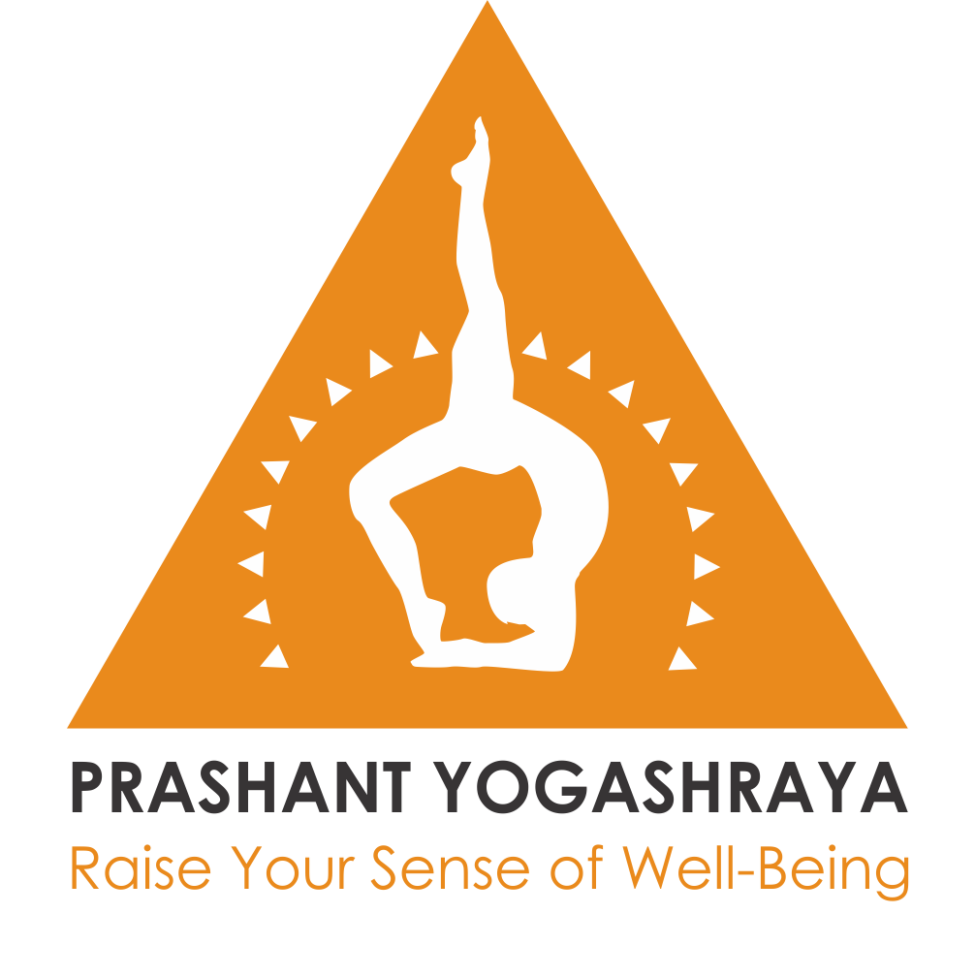The word ‘Yoga’ may evoke different images in different minds. There is a confused notion about yoga in the minds of ordinary people. In order to clear this confusion, let us examine the true meaning of ‘Yoga’ and what “Ashtanga Yoga” is all about. The word ‘yoga’ is of Sanskrit origin, derived from the root ‘yuj’, which means ‘to merge or unite’. Yoga may be defined as the union of the soul with the eternal truth. Through the practice of Yoga, an individual in search of self-realization can achieve his goal.
The human mind is prone to fluctuations. A fluctuating mind cannot conquer the self and achieve the goal of union of the individual soul with the Supreme Being. The great sage Patanjali has defined Yoga as a means of controlling the fluctuations of the mind, the intellect and the ego. ‘Ashtanga Yoga’ is defined as ‘The eight limbs/organs of Yoga’ as formulated by Patanjali.
Yama – Social discipline
Niyama – Discipline of the self
Asana – Physical discipline through the practice of postures
Pranayama – Mental discipline through breath control
Pratyahara – Discipline of the senses through withdrawal
Dharana – Concentration
Dhyana – Meditation
Samadhi – Self-realisation
All these eight components are interwoven and lead to the same goal.
Caught in the stresses and strains of worldly pursuits, man today is eternally in search of physical well-being and mental peace. Ordinary people, who have neither the time nor the inclination towards the spiritual aspects of Yoga, can derive the physical benefits of Yoga through regular practice of the first four facets of “Ashtanga Yoga”.
